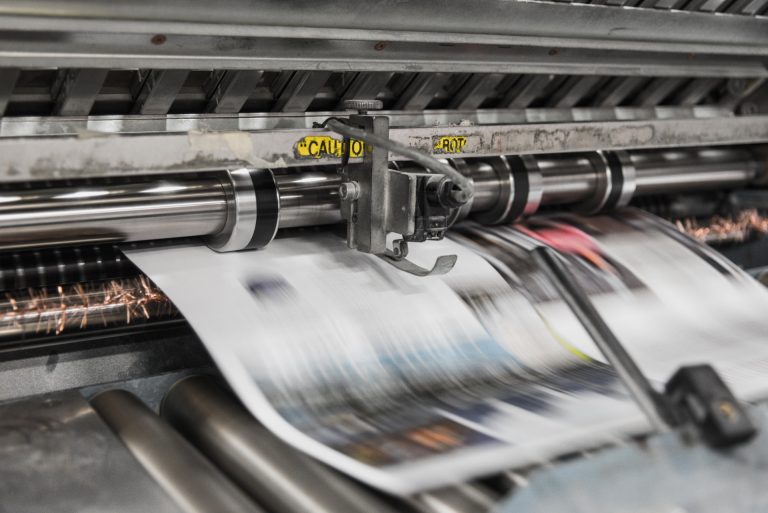It’s no secret that planning a wedding can be extremely expensive. When you add up the cost of venue hire, registrar fees, invitations, flowers, catering, a wedding cake, music and entertainment, transport, photographer fees, hairdressing and makeup artistry, bridesmaids’ dresses and accessories – not to mention the wedding dress (which alone averages around £1,200) – you can be faced with an eye-watering figure.
The UK Wedding Report (2020) found that the average cost of a UK wedding is £16,005 – and that doesn’t even include the engagement ring or honeymoon. The venue and catering together represent more than half (52%) of all wedding costs, with catering spend per guest averaging £45.
So how long does it take to save up this kind of money? Research suggests it all depends on where you live.
A study by beauty experts Cosmetify analysed ONS (2021) data on the median pay for residents in 181 regions of the UK, to see how long it would take the average person to save up this amount if they put away 5% or 10% of their monthly wage after tax.
Areas of the UK that would take the longest time to save up for an average UK wedding
According to a recent study, people living in Leicester need the longest time to save for the average UK wedding, with residents of northeast areas such as South Teesside and Kingston upon Hull also needing to save for longer.
In contrast, those based in London will need the least amount of time to save for their weddings, followed by people in the Home Counties of Surrey, Berkshire and Hertfordshire.
Read on to find out how long you can expect to save for a wedding, based on where in the country you live.
Which areas take the longest time to save for a wedding?
Leicester
Situated in the East Midlands region of England, Leicester is the area of the UK where residents have to save the longest to afford the average cost of a wedding.
With a yearly take-home salary of £17,166.96, it’s got the lowest median wage in Britain.
This means if one person in a typical couple puts aside 5% of their wage they would only be able to save £858.35 each year, so it would take nearly 19 years to reach the £16,005 that’s needed to pay for the average wedding.
Even if both people in a Leicester couple save 5% of the median wage, it would still take them more than nine years to cover the cost of their big day.
Torbay
This borough of Devon may be fondly referred to as ‘The English Riviera’, attracting tourists to its delightful towns of Torquay, Brixham and Paignton, but if you live in Torbay it’ll take a good few years to save enough money to pay for your wedding.
The southwest region ranks second on the list of places that take the longest to save for the UK’s average wedding.
This is due to the fact that the median annual wage for the area is just £17,199.60. If one person in a couple saves 5% of their salary, they can only set aside £859.98 a year, meaning it would take more than 18 and a half years to reach the full amount.
Isle of Wight
Just off the south coast of England lies the country’s largest island – the Isle of Wight.
With an average net salary of £17,281.20, residents here can also expect to wait 18 and a half years before they have enough money to pay for their wedding day.
That’s based on one person in a couple saving 5% of their wages, meaning they’ll be able to put aside £864.06 each year. However, if both people in the average couple save for their wedding, they can save twice as quickly and cut their wait-time in half.
Nine years is still a long time to wait to get married, though.
City of Kingston upon Hull
Further down the list is the Yorkshire city of Kingston upon Hull.
It comes after places like Blackpool, Cornwall, Bradford, Nottingham and South West Wales, all of which take residents around 18 years to save for their wedding, based on one person in a couple saving 5% of their salary.
If you live in Hull and get paid around £17,876.80 (which is the median salary for the area), it’ll take you and your partner almost nine years to save enough money to cover the cost of the average UK wedding. Or just under 18 years if only one of you is saving up, as you’ll only be able to put away £893.84 per year.
South Teesside
Another part of Yorkshire makes the list of places in the UK that take the longest time to save for a wedding.
Located on the south bank of the River Tees, South Teesside’s residents get paid an annual average net salary of £17,958.40.
Five per cent of that comes to just £897.92, meaning it will take a couple living here almost 18 years to pay for the cost of the average UK wedding.
Which areas take the shortest time to save for a wedding?
Wandsworth
Out of the top 20 areas that take the shortest amount of time to cover the cost of the average UK wedding, 70% are London boroughs.
Right at the very top of the list is the southwest London borough of Wandsworth. It has the highest median annual income, with the average person being paid £28,623.60 after tax.
Even if just one person in the average couple saved 5% of their wages, they would have £1,431.18 after a year, meaning they could cover the total cost of their wedding in just over 11 years – that’s a full seven years quicker than someone living in Leicester would take.
Westminster
You’d be forgiven for assuming that London’s central district would be first for having the highest median salary in the UK, but actually, it comes in second place.
There’s not much in it, though, with the average person earning £28,378.80 per year.
For couples wishing to save for a wedding, it’ll only take 11 and a half years if one person saves 5% of their income (that’s £1,418.94) each year and a mere five and a half years if both partners set aside money to pay for their big day.
Camden and City of London
This is also the case for residents who live in the Camden and City of London areas.
The annual salary for people living in these London districts is £27,799.40, which means a couple can save enough money to cover the cost of the average British wedding in just over five and a half years.
That’s 11 years and six months if only one partner is able to save £1,389.97 every year.
Surrey
It’s not just those living in London who can afford to pay for their wedding within a reasonable time frame.
Outside of the capital, East Surrey’s median wage of £23,531.76 enables one person saving 5% of their income to reach the £16,005 target within 13 years and seven months.
People living in West Surrey take a similar amount of time to save for the average UK wedding, as the median annual salary after tax is only slightly less, at £23,303.28.
Berkshire
Another of the counties surrounding London makes the list for being one of the best places to live in when you’re saving up for a wedding.
The annual median salary here is £22,568.80, so if couples can save £1,128.44 each per year, they’ll have enough to cover the cost of their wedding in just over seven years – or twice as long if only one of them is saving.
Those living in the heart of Essex, Oxfordshire, Buckinghamshire, Hertfordshire and Cambridgeshire are also able to save enough to pay for an average UK wedding in around 14 years, providing one person in the partnership puts away 5% of their salary (about £1,100) each year.
Considering the wedding industry is worth a massive £14.7 billion to the British economy, it’s no wonder the average cost of a UK wedding is so high.
“A wedding is one of the biggest days of anyone’s life, and the costs can mount up quickly,” said a spokesperson for Cosmetify. “Traditionally, the father of the bride is expected to cover the costs but that’s not an option for everyone, so it’s sobering to see just how long it can take to save for the UK’s average wedding cost.”











 Bitcoin
Bitcoin  Ethereum
Ethereum  Tether
Tether  XRP
XRP  Solana
Solana  USDC
USDC  TRON
TRON  Cardano
Cardano  Lido Staked Ether
Lido Staked Ether  Avalanche
Avalanche  Toncoin
Toncoin